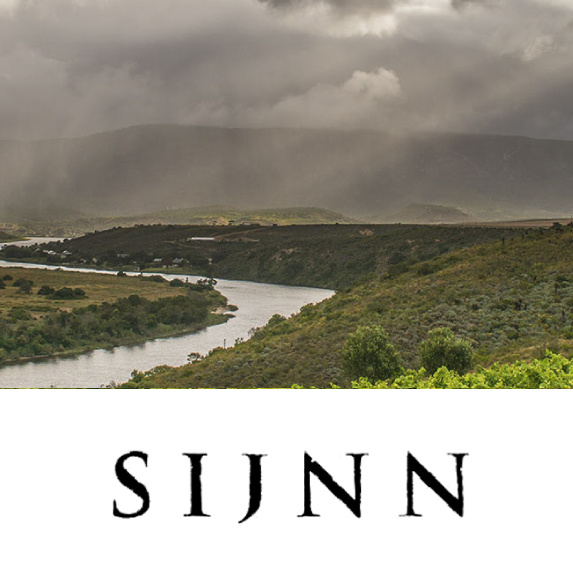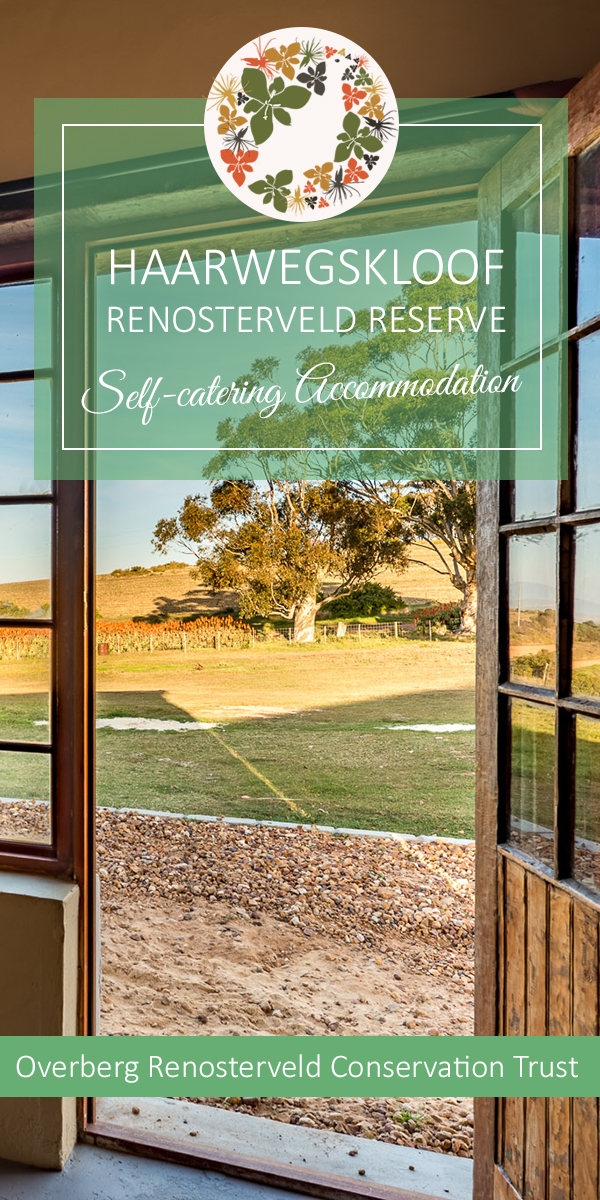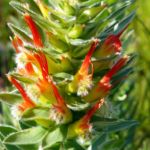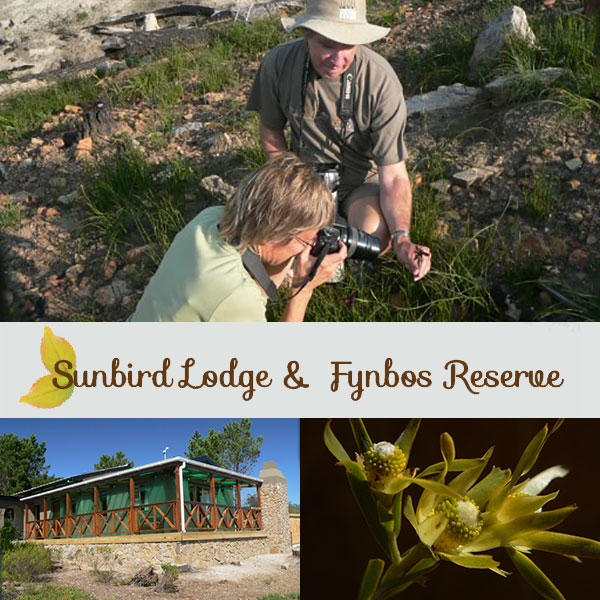
This blog comes from Cape Town, one of the world’s most beautiful cities at the south-western tip of the African continent.
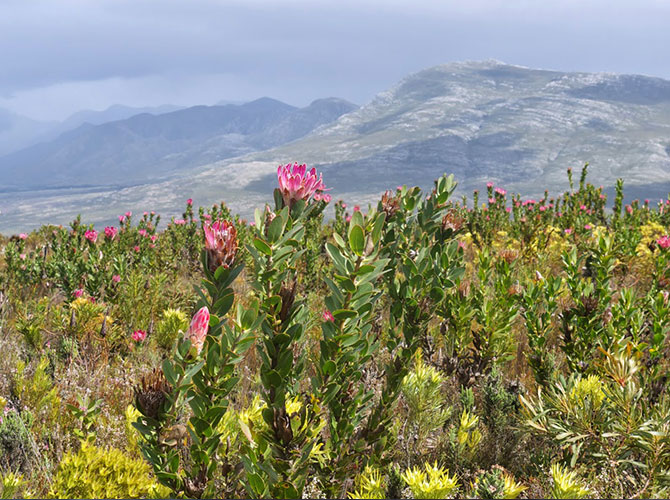
What is Fynbos?
This week I’m going back to basics to tell you a little more about fynbos: that brown-looking scratchy vegetation that clothes the mountains and lowlands of the Cape, aiming to address several burning questions: What is it? Where can I find it and why is it important? Why should we care?
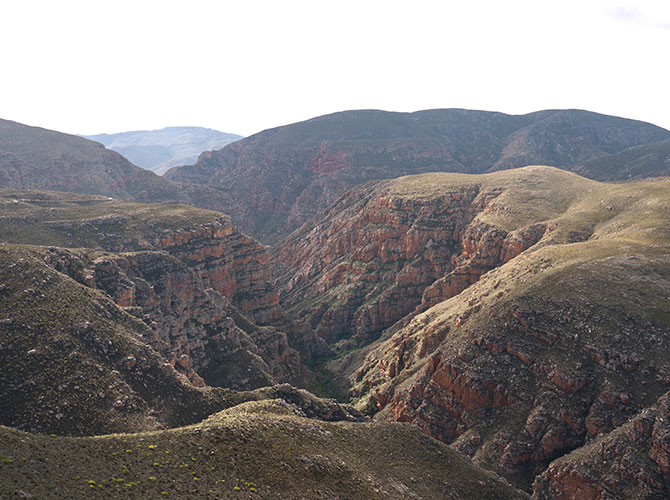
Of Mice and Mountains: A Swartberg Roadtrip
Last week was a whirlwind. On Monday I was in the green and gently rolling hills of Dorset, England in the beautiful old Victorian house where I grew up. It was early summer, the buttercups were flowering and even the sheep were smiling. I left with great reluctance after a break that was all too short. By Tuesday night I was curled up on the floor sleeping in a small frozen heap in Doha airport in Qatar in the Middle East. Wednesday night brought me back to a cold and wintery Cape Town.

Conserving the Cape flora: The role of ex-situ conservation
This week Notes from a Cape Town Botanist is reporting from the Northern Hemisphere in order to bring you the lowdown on some of the world class and ground-breaking work to conserve the Cape flora going on in other parts of the world. Far away from the green and pleasant land of Sussex in the south-east of England, 7,000 miles away one of the world’s biggest biodiversity disasters is quietly unfolding down in South Africa’s Cape Floristic Region (CFR).
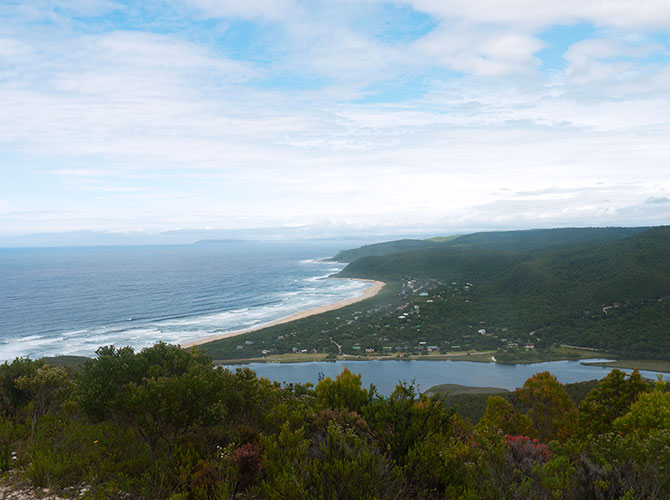
Swimming the Tsitsikamma Trail
In early January of this year we decided to abandon the Mother City and take a long overdue holiday. What better than to hike the Tsitsikamma Trail, one of the classic trails of the Garden Route? This stunning six day 60 km hike begins in the small village of Nature’s Valley, wending its way from close to the lagoon mouth up through the spectacular afrotemperate forests typical of the region onto the plateau above before weaving its way through the peaks and forested valleys of the Tsitsikamma Mountains. Sounds idyllic. What could go wrong?
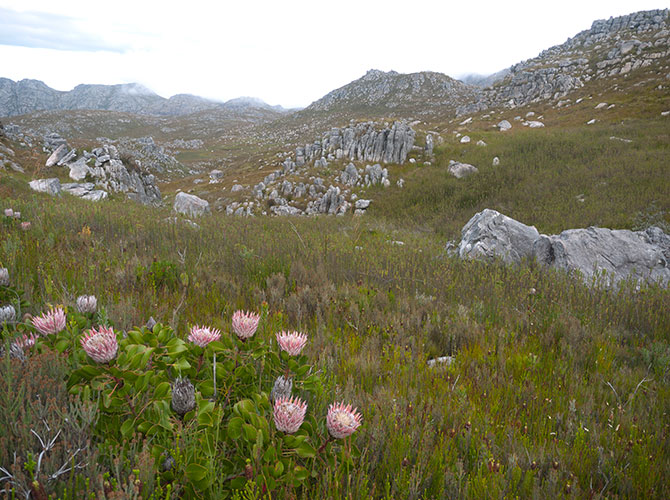
Easter exploration: Overnight in the Hottentots Holland Mountains
One of the greatest joys of Capetonian life is the ease with which one can escape the intensity of the city into pristine mountain wilderness. Just an hour out of town over Sir Lowry’s Pass lies the stunning, rugged and achingly beautiful Hottentots Holland Nature Reserve. It is here we chose to spend the Easter weekend.
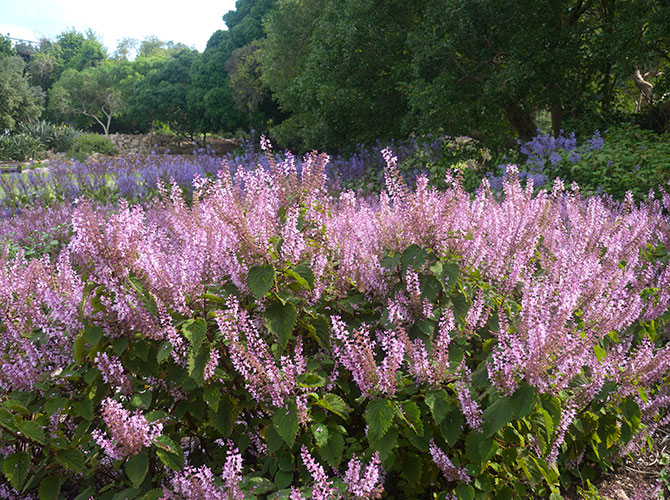
The Spurflower and the Spider
One of the highlights of any visit to Cape Town’s Kirstenbosch National Botanic Gardens in April are the carpets of Plectranthus flowers occupying every available shady corner at this time of year. Colours vary from white to pale pink to the deepest dark blues and purples with species of every height, form and variety being cultivated under the shadow of Table Mountain’s eastern buttresses and crags.

Cape Town is situated on the rugged and mountainous Cape Peninsula, stretching from the iconic profile of Lions Head, Table Mountain and Devil’s Peak in the north to the Cape of Good Hope in the far south. Table Mountain was voted one of the new Seven Wonders of the natural world.
What makes the Cape Peninsula so special?
The Cape is characterised by a type of vegetation known as fynbos, a Mediterranean climate shrubland that is both fire prone and fire dependent. Fynbos is renowned for its phenomenal plant diversity with a total of more than 9,000 species of vascular plants in an area less than the size of Portugal. The Cape Peninsula has 2,285 plant species and Table Mountain alone has almost 1,500 species in just 57 square kilometres.
Find me on Instagram
Plant Information
Connect on Social
Connect on Facebook, Twitter and Instagram
Taking Action
There are many environmental organisations based in Cape Town and beyond that require the services of volunteers to undertake their work. So if you have a little time to spare please get involved.

